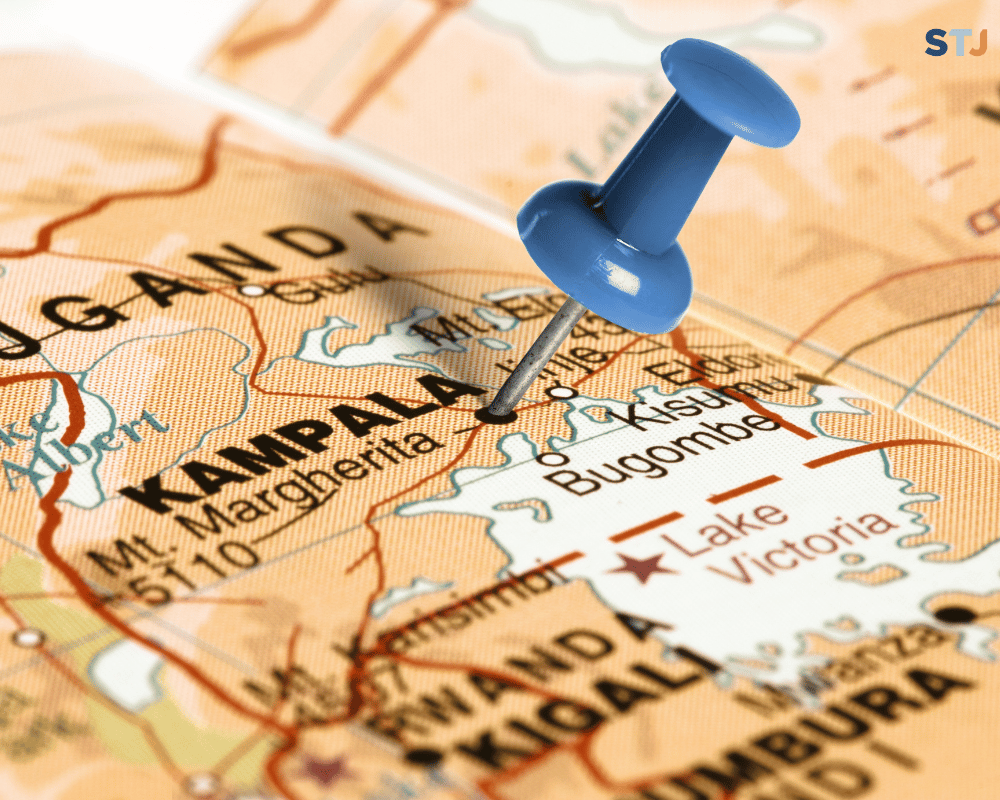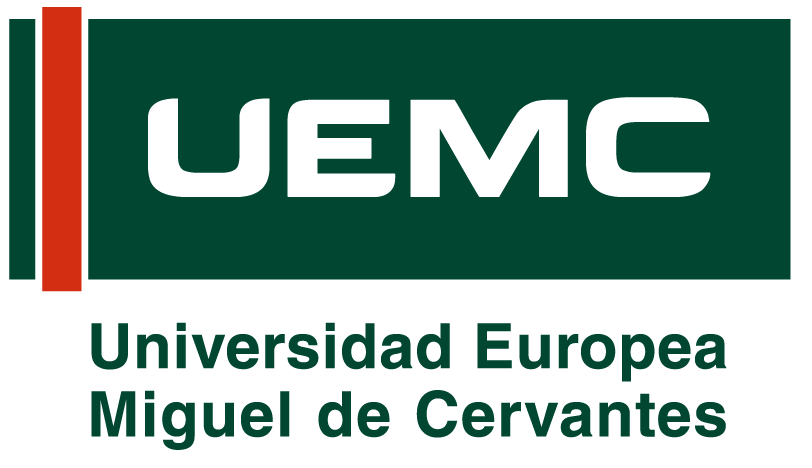By Mark Montgomery.
You can smell the informal settlement of Katwe, in Kampala, before you see it. Stagnant water, fermenting sewerage, and the acrid smoke from a thousand wood fires create a cocktail that will choke the vomit out of the depths of your stomach. This cauldron of filth and violence is the destination for my Final Masters Project (FMP). The notorious slum is home to untold numbers of Street Kids and Slum Kids.
The objective of my project is to turn this ghetto into the biggest open air art gallery in Uganda. Fortunately, I have a head start. I have been working in Uganda for about 15 years already.
With a dedicated team of professional artists and support staff we launched the kARTwe project two years ago. Every Saturday morning, the kARTwe project runs art classes for Street Kids and Slum Kids. We are now reaching an acceptable level of maturity. Our students are growing in competence. Already, they have applied their newfound skills to the creation of
street art and murals in the heart of the ghetto. Currently, we have completed 13 murals.

The target for this year is to add 40 new murals. Our strategy is to ensure that the quality and quantity of murals will draw locals as well as foreign tourists to admire and support this venture. We will turn this Ghetto into a Gallery – and thus making it a tourist destination.
The class that has added value to my FMP is Unit 4: Newsletters 1 – Planning and designing a niche travel publication. It made me think, in a new way, about how to use Newsletters as a communication channel. My channels to market have, until now, been Facebook, Instagram, LinkedIn, and my website: The Big Idea.
The attractive particularity of a newsletter is that it allows me to A – Build a community around the kARTwe project. B – It allows me to update the community in a systematic and dynamic way. The website is quite static in comparison. It is a “PULL” mechanism. The target audience will consume the content when THEY are ready.
This class has relevance to my FMP because I have learned that the newsletter, by contrast to the channels that I currently use, is a “PUSH” mechanism. I send the information to the community when I am ready. Additionally, it allows me to update my audience on developments in the projects in a sustained way. This, therefore, becomes, a vital link with all stakeholders.
This project is ambitious by nature. There are many sceptics. Showing progress systematically turns the doubters into believers. They are then motivated to support us.
The marketing focus of the course in general, and in this class in particular, has sharpened my understanding of what a
Travel Journalist does. Yes, obviously, we create the most compelling stories that we possibly can. However, that is not enough. The stories must attract some financial return. Travel Journalism is a business – especially for freelancers. Our
articles must be bought and paid for. Our content must be monetised.
This class has convinced me that the Newsletter is a valuable tool that can be used to create community and thereby
monetise content. Therefor, as a journalist, I need to write with an understanding of “Who is my reader?” “What do they want to know?”
This has a direct effect on how I conduct research. There is “Upstream” research. This relates to all I need to know that will make my article compelling reading. There is also the “Downstream” research. I need to understand how my readers consume my content. This research seeks to understand “Where is my reader?” “How old is my reader?” “What gender is my reader?” “How many readers do I have?” “Is my readership growing?” .
All the data cited above must be correlated, across all my marketing channels, so that I get a multi-dimensional perspective of how my content is performing. The rigours and discipline of Upstream and Downstream activities are complex. I embrace them enthusiastically. By harnessing their value, I will take my Street Kids and Slum Kids, in Katwe, most efficiently, from the Ghetto to the Gallery.
This article is part of the practical work carried out by the students of the Master’s in Travel Journalism.

